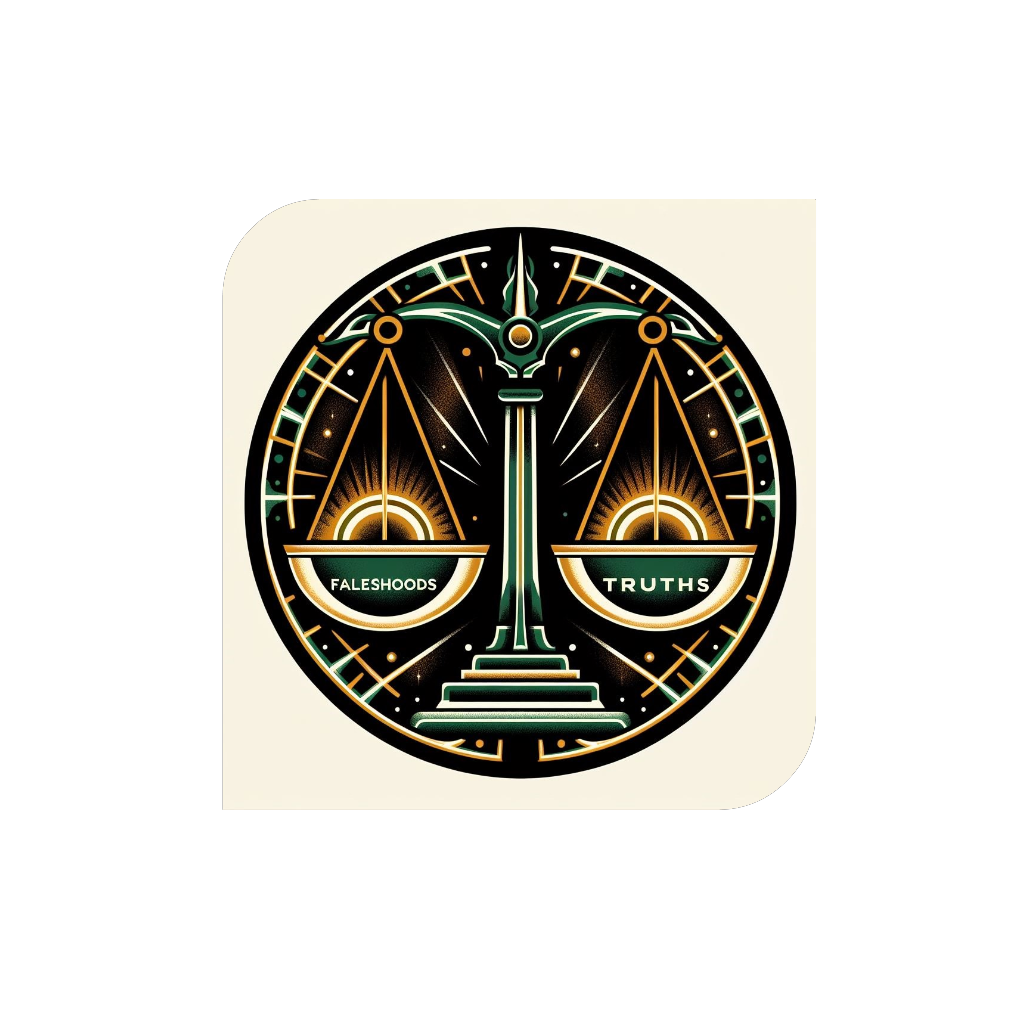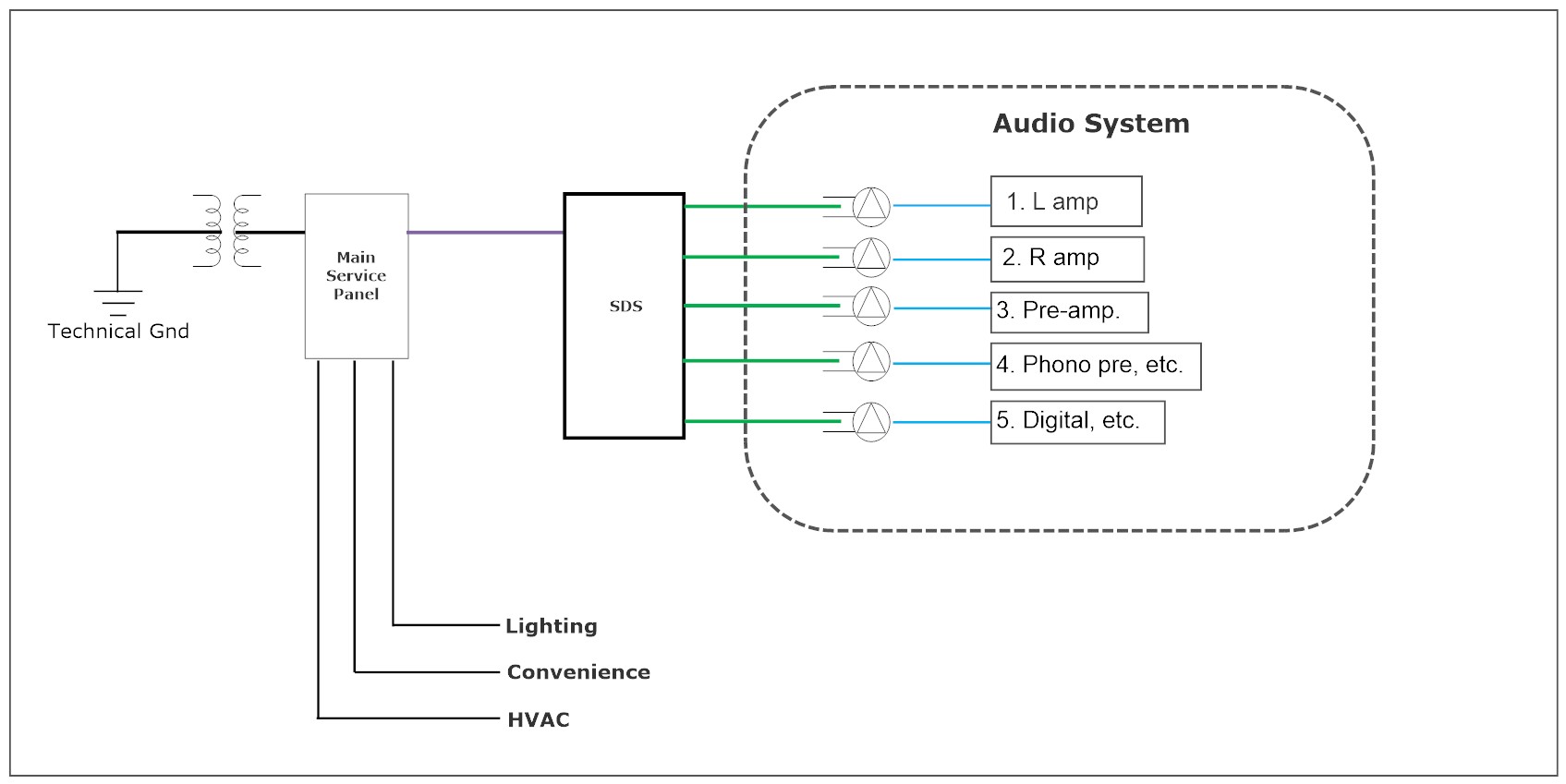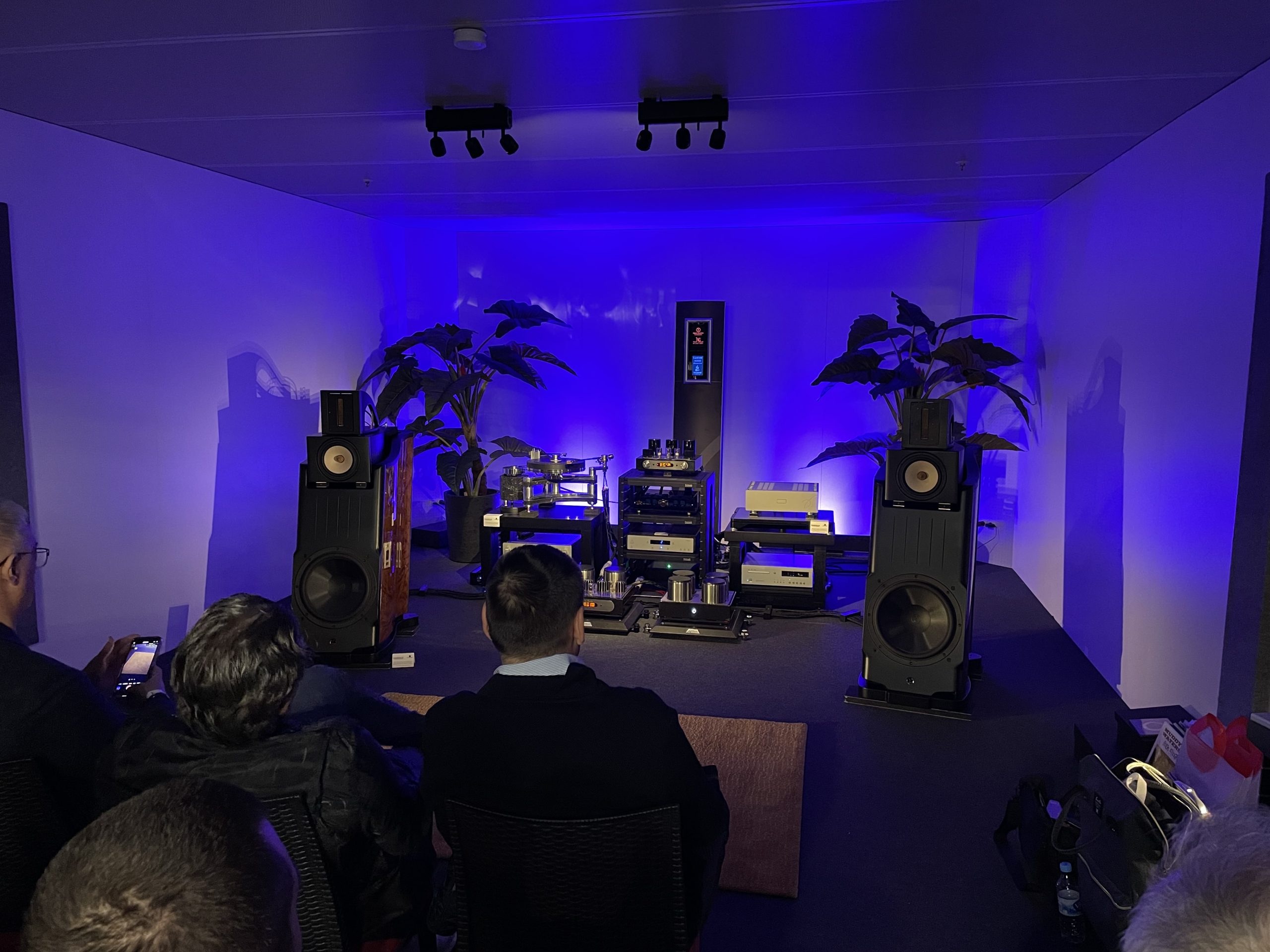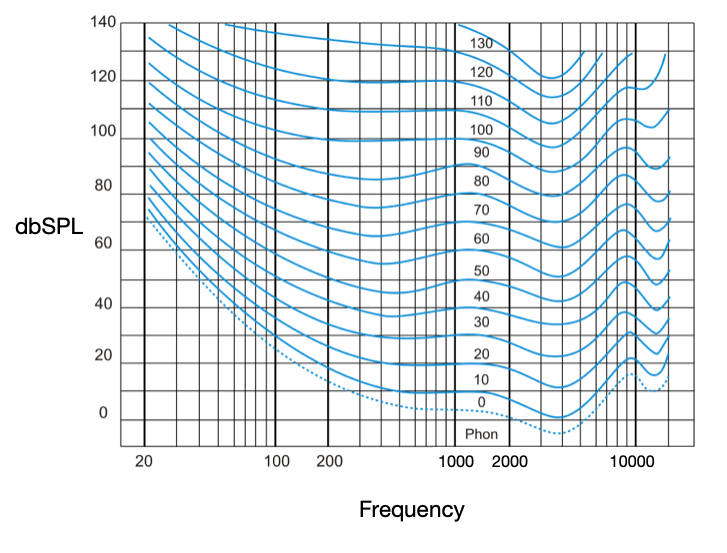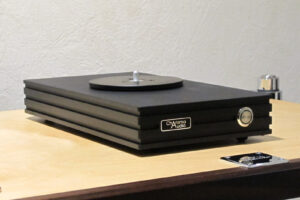Norman Varney of AV RoomService Ltd. has joined Positive Feedback as a Senior Technical Editor as of Issue 113. His expertise in his field of audio acoustics and experience in the field makes him a helpful voice in our creative community for the audio arts. As has been our wont from the beginning of PF, we do welcome contributions from qualified voices in the high-end audio industry, provided that they don't use the opportunity to market their own products/attack competitors and others...which we simply don't allow here.
I try to have a positive outlook on life, but in the audiophile world, it can sometimes be difficult. I get especially annoyed with companies that make product claims and have no standard test reports to back up their claims, and I get annoyed with the lack of interest in acoustics. It is the biggest driver of the level of the truth, and the experience. It is a given in the pro audio world. If you don't have the acoustics under control, your work will not translate well to other studios.
I have witnessed lately several social media posts by big audiophile influencers regarding building dedicated spaces and/or upgrading their interior room acoustics that have really annoyed me by missing the point, and the mark. In each of the cases that I am referring to, I saw no evidence of applied science. These dedicated spaces did not address noise infiltration from outside the shell, nor plumbing, HVAC, etc. None of them properly address reverberation times or first order reflections. Two of these dedicated rooms house about a million dollars worth of equipment. None of these rooms have been acoustically characterized, and so the owner has no idea of how well they perform in areas of ambient noise floor, dynamic range, reverberation times, first order reflection attenuation, room mode distribution, and so on.
What they do know is that subjectively they have positioned their speakers and listening positions for good bass response, sound stage, and they have some acoustic treatments in the room, so all must good, correct? But how much better would it be if they did things right?
This annoys me because these guys should know better, and should not mislead their followers astray by ignoring proper acoustic practices. I am sure that those who know better have timeframe, financial or even political excuses, but is it professional to not mention that acoustics is more objective than subjective when it comes to performance, value, and enjoyment? Is it not important to mention how influential acoustics is the playback performance and experience? Think of how much they are missing. Think of how unique the sound of their rooms are. Think of how that influences their reviews of equipment. Structural resonances, room modes, reverberation times are all tonal. Ambient noise floor and reverberation times influence low-level detail and dynamic range. Noise infiltration is a distraction and annoyance, and all issues will mask low-level resolution.
When we talk about room acoustics, we are referring to small listening rooms and the characteristics of noise control and sound quality. Specifically, how to achieve a high performance, neutral room from the current, chaotic one. Primarily, we're talking about controlling noise, room modes, 1st reflections, and reverberation times, but it can be more specific as you categorize the sound attributes further.
Tools of the trade for noise control and sound quality include material products as remedies, but also require electronics measuring instruments, and computer software for modeling solutions.
For noise control, we have four tools at hand: we can block the sound energy, break its path, absorb it, and/or isolate it.
For sound quality, we have three tools: reflection, absorption and/or diffusion. Note that different product treatments will address different frequency ranges, and at different values. This is why it is critical to know the acoustic properties of these products, as tested in a certified acoustics lab. Without the information, you are modeling completely blind.
These tools (room test data, computer modeling, and product test data), are used to evaluate and then control sound energy.
There are targets for both noise control and sound quality attributes in order to offer the optimal performance and neutrality. The end-goal is to make the room sonically disappear. We don't want the sounds of our room interfering and distorting with the recording we are listening to. Every room is unique and will require specific prescriptions of the right treatments, in the right locations, in the right quantities. There is no one-size-fits-all treatment, or prescription.
Acoustics is a Scientific Process
Just like when you go to the doctor with an ailment, they will run some tests, analyze the results, and put together a prescription designed to neutralize the problem. They may need to test again and make an adjustment to your prescription. Acoustics is the same; test, analyze and prescribe. Every room is unique. Every room needs to be neutralized in order to perform best. It's a matter of what is needed. The tolerance is small. How are you going to know what the right prescription is for your room without data? In order to prescribe what is needed, tests must be made, data collected, analyzed, and ingredients formulated. The prescription will include the right type of acoustic treatments, at the right quantities, at the right locations. Computer modeling is required to formulate the prescription. Computer modeling is about matching the test data to the desired goals with products which have been lab tested, meaning their properties are acoustically characterized. Those data points or values are used to determine what is needed to solve the problem.
There are standard material tests, which accredited labs perform on products. The manufacturer of the product pays the lab to perform the tests. Without this information, no professional acoustician can use their products, because they don't know how they perform and have no data to use for computer modeling. The laboratories, and their practices, must comply to governing committees that establish the test standards for the associated test. These include ASTM, ISO, ANSI, etc. Such test standards are designed to remove variables that can influence the results, and are consistent and repeatable. Ideally, the same test has the same results at different labs. 95% confidence levels are typically obtained.
Examples of acoustical product testing for sound properties are; absorption, reflectivity, transmission loss, impact, sound power, sound intensity, propagation, vibration transmission, and vibration damping. These measurement values are captured in the frequency, time and/or amplitude domains.
With material sound properties known, data for computer modeling can be used to investigate best product solutions and quantities to get from the existing conditions to the desired. Very little guesswork is involved. It is however, wise to tests again once the product is implemented to confirm and/or adjust. The computer model may have errors, the room build may have errors, the test may have deficiencies, the product may have defects, etc.
There are typically six steps in the process of determining what acoustic treatments are needed for a job.
The six steps to the process:
- Understand the complaint, the desired outcome, and the constraints. This where to explain the situation to your acoustical consultant; what are your complaints, what are your goals and what are your constraints. For example, maybe the bass response is uneven and you would like it to be more linear. Maybe the room is too reverberant and lacks articulation and focus. Maybe the sound escapes and bothers others in adjacent spaces, or the other way around.
Constraints may include budget, décor, time, physical weight or space, local code, etc.
- This is to test the acoustic characteristics of the room under the existing conditions, primarily for the noise floor, room modes, first order reflections, and the reverberation times. This involves generating a signal over a loudspeaker in the room and recording it for later analysis to understand how sound energy develops, propagates, and decays in the room.
- Analyzing the measurements for what stands out as unbalanced? What needs to be controlled and neutralized? We're looking for smoothness (naturalness) of energy over frequency, amplitude, and time. Aberrations will be indicated by peaks or valleys in plotted curves.
- Computer modeling will help determine what is needed to get from the existing conditions to the target or desired conditions. The answer to what treatment, where, and how much. Computer modeling may even incorporate finite-element analysis with product material data from standard laboratory test reports. These test standards include material absorption, transmission, diffusion, wave propagation, sound power, intensity, etc., and they are measured in the time, energy, and frequency domains. The goal is to make the room sonically neutral so that it doesn't' add or subtract from the recorded signal being played back. You plug in the existing data and try to bridge the existing gap to the target with materials (whose acoustic characteristics have been measured in a lab) until you have the optimal product(s) to meet the goal.
- This includes recommendations with the list of treatments and how to apply them. The result of the modeling is the solution or prescription of how to organize and balance the sound in a controlled fashion. This is the product build-of-materials and layout for the room.
- Follow-up Testing. These are tests performed after installation of the acoustic treatments to see if any adjustments to the implemented prescription need to be made.
So those are the steps. Do you need to take all six steps? Most people don't take any of them, in fact most people don't ever think about acoustics at all. You take all six if you want to do it right and confirm that you did. Note that there are now means for you to take what is called an Impulse Response measurement yourself and electronically send the WAV file to an acoustic consultant. This can be a money and time saver and is about 75% as good as an onsite visit, sans where experience, insights, and subjective evaluations could also be applied.
I'll leave you with two valuable pieces of advice:
- Understand that electronic equipment cannot overcome room acoustics. The room doesn't care how much you spent on your equipment. Mid-fi equipment in a controlled room will beat state-of-the-art in an uncontrolled room every time.
- Avoid free, over-the-counter advice. Seek an acoustical consultant who follows the process. As you now know, it is not possible to prescribe room treatments with a ready-made kit of acoustic panels, or based on room dimensions alone. Nine times out of ten, such rooms end up over absorbing the frequencies of the top half of the piano, while not addressing the bottom half at all.
It's never wise to guess at formulating prescriptions. Data regarding the existing levels, and the potency of specific remedies are required in order accurately apply the right ingredients, and the right dosages. Recent advancements mean that achieving a neutral, controlled, high performance environment is now easier than it ever has been before. It also has never been as affordable.




